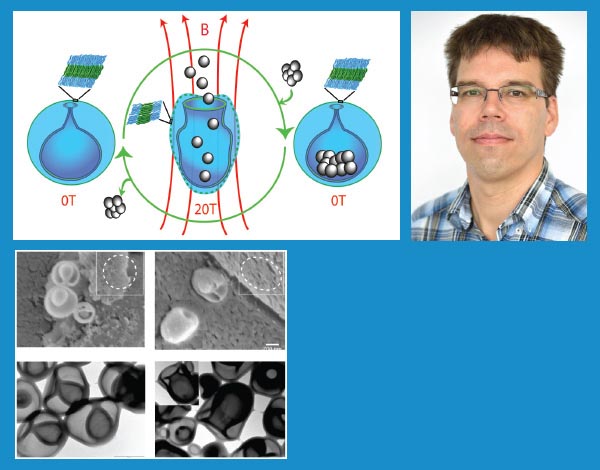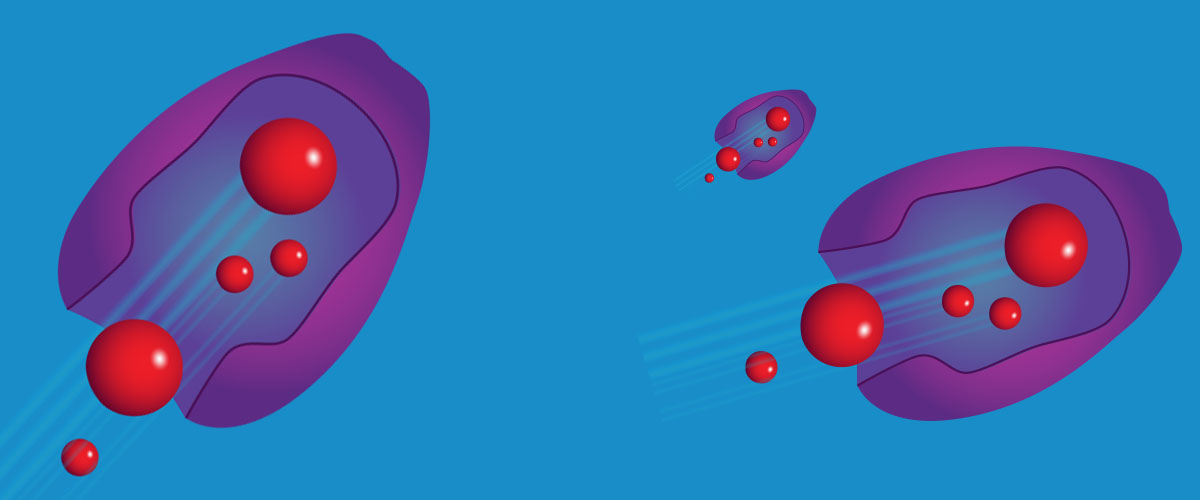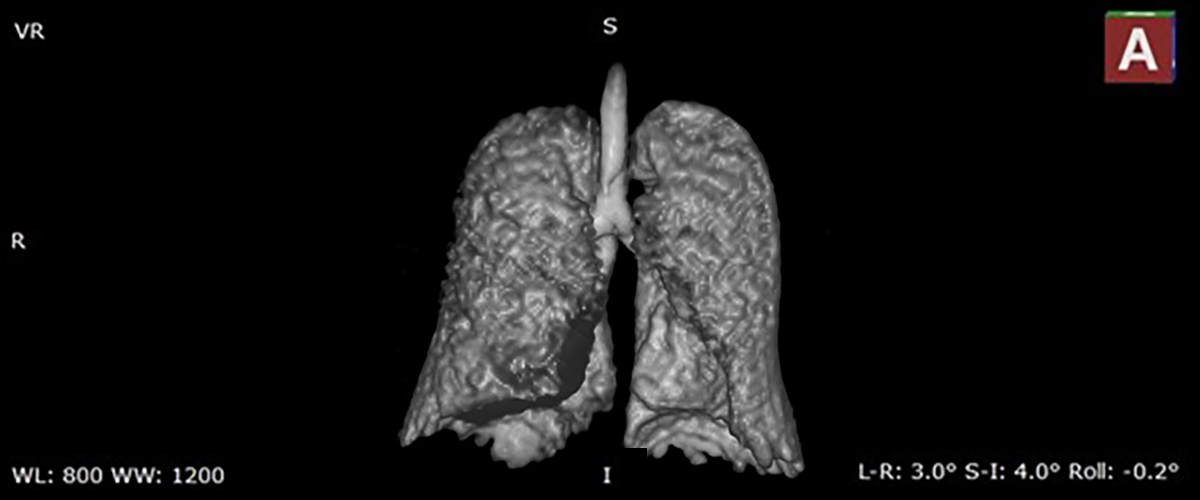Peter Christianen, a physicist at the High Magnetic Field Laboratory in Nijmegen, the Netherlands, envisions a day when tiny rockets can careen through a patient's veins to dispatch medicine directly to the site where it's needed.
Technically, the "rockets" are stomatocytes, artificial cells with mouth-like openings. Similar to a cell or vesicle in your body, stomatocytes have membranes consisting of long carbon chains, each with a water-seeking and a water-repelling end. These chains, pressed against each other, form a water-tight boundary that divides inside from out.
Recent research in this area by Christianen and his collaborators is a good example of how serendipity can lead scientific discovery into unexpected, but very promising, directions.
A few years ago, some of Christianen's colleagues placed platinum and hydrogen peroxide into a tiny stomatocyte. They found that the chemical reaction that ensued — the liquid peroxide "fuel" split into water and oxygen gas that blasted out of the cell — made the vesicle into a tiny rocket.
Christianen and his team suspected that they could use magnetic fields to reshape and steer the "nanorockets." But when placed in a strong, 20-tesla magnet, the stomatocytes didn’t deform much.

Top Left: The vesicle begins, without any magnetic field, closed. Then, after a magnetic field is applied, the mouth opens. Finally, after the cargo is loaded and the field is switched off, the filled capsule closes. When a magnetic field is reapplied (not shown), the vesicle will open and release its cargo. (Credit: Peter Albers); Bottom Left: Electron microscope images of vesicles. In the images on the left, they are outside a magnetic field and have only a small opening. In the images on the right, taken in a 20-tesla magnetic field, the vesicles are deformed, resulting in a large opening. (Credit: Radboud University); Right: Peter Christianen. (Credit: Radboud University)
However, the magnetic field did cause one crucial change: The vesicles' mouths opened. Immediately the team had a new idea: Stomatocytes could be loaded with drugs, shuttled to specified sites in the body, and zapped with a magnetic field to force them to disgorge the drugs. The scientists dubbed them magneto-valves.
"We thought, 'OK, we can use it as a capture-and-release device for drug delivery,'" Christianen said. "It's totally reproducible and reversible."
Developing nanorockets turned out to be just a first step. The next was learning how to mold them, a process that also involved some science serendipity.
Christianen learned that osmotic pressure (determined by the concentrations of organic solvents inside and outside the vesicles) influences a vesicle’s shape. So he and his colleagues tried a new experiment. First, they added water to a mixture of long carbon chains that had been dissolved in an organic solvent; the chains formed spherical vesicles. Then the researchers changed the osmotic pressure by diluting the solvent outside the vesicles; they responded by buckling into various shapes, each suggesting different applications.
Disc-like structures may have different flow properties or be better for cell-adhesion, said Christianen, while spherical vesicles could be used as nanoreactors for chemical reactions, and stomatocytes as drug delivery vehicles.
"So different shapes give different functionalities," he said.
Then Christianen's team turned again to magnetic fields — this time to determine exactly what shapes they were creating. They employed a technique called magnetic birefringence, which uses polarized laser light to image how objects are oriented in a magnetic field. This allowed them to precisely map how vesicles’ shapes change as osmotic pressure changes.
This measurement and control of stomatocyte nanorockets brings Christianen's team a step closer to one of medicine’s holy grails: precision drug delivery. The technique is especially promising because it would require nothing fancier than a run-of-the-mill MRI machine.
With more hard work — and perhaps a dash more serendipity — that vision seems bound to come to pass.
By Gabriel Popkin
This story was originally part of a series of stories called Going Nano about how good science can come in tiny packages — all with the aim of solving really big problems. To read the other stories in the series, see Nanocages May Hold Key to Advances in Health Energy and Magnetism for Miniaturization.






